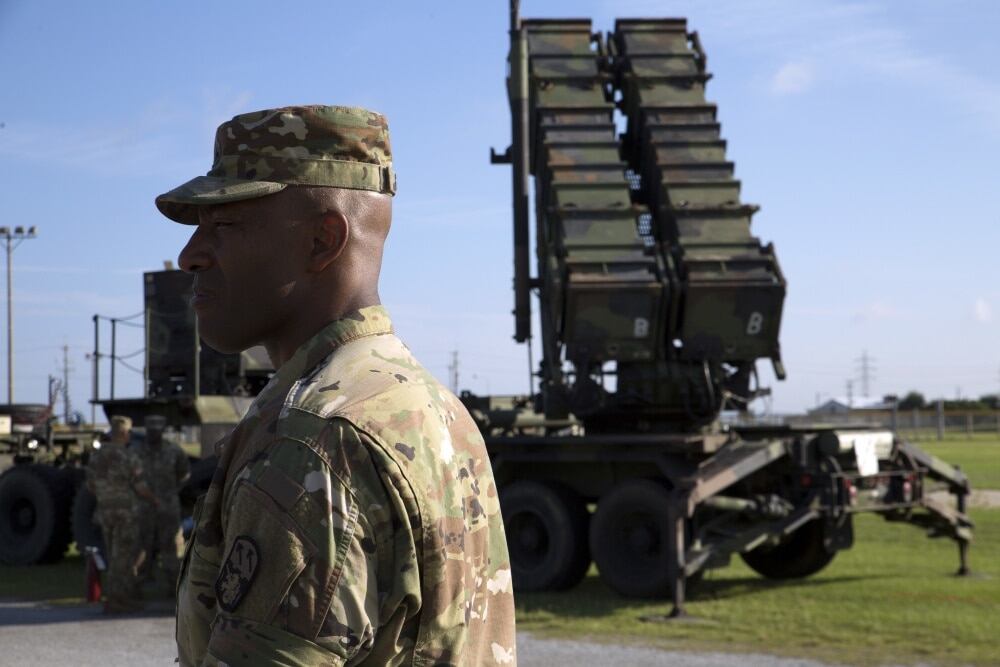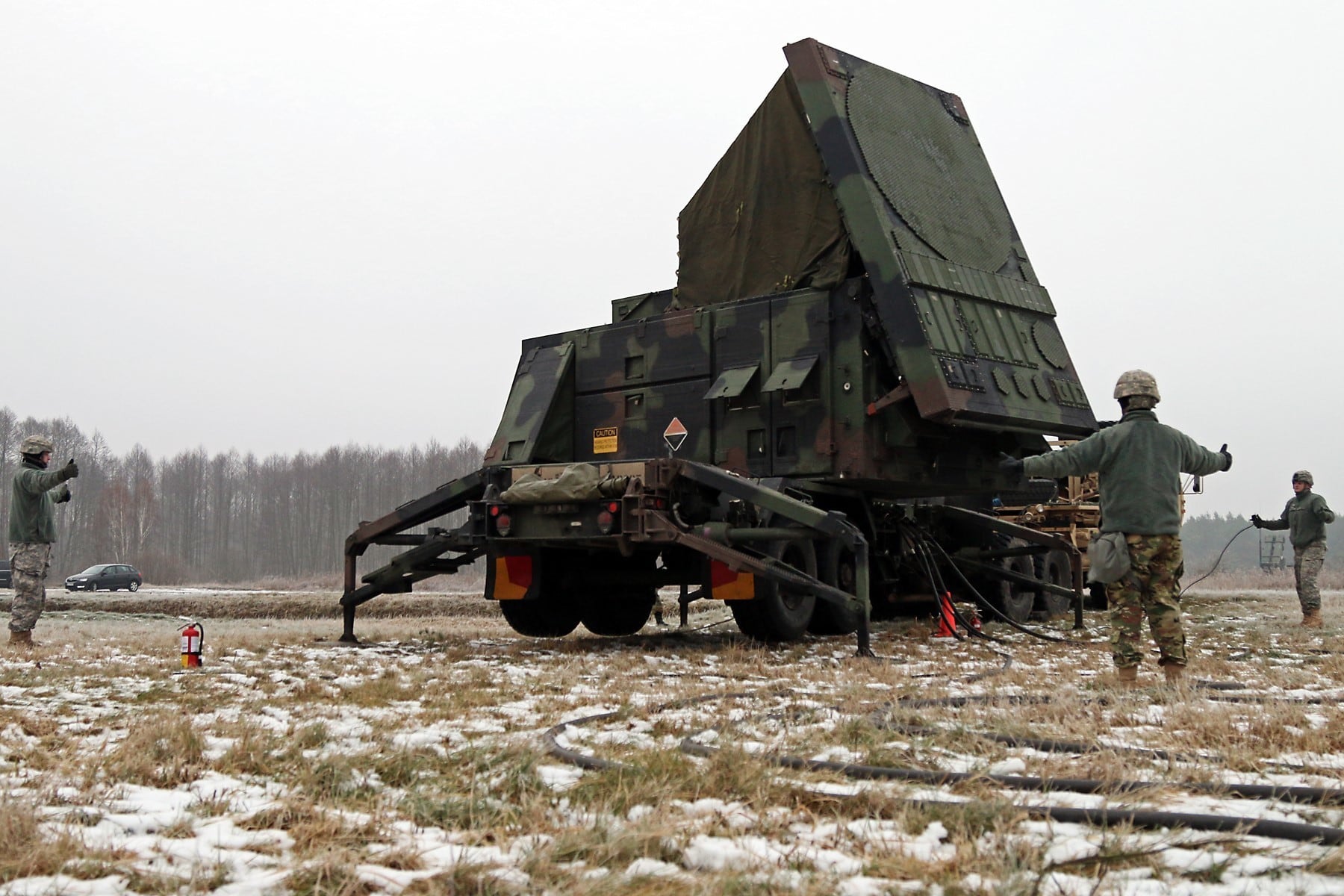WASHINGTON — Northrop Grumman opened its first office in Poland, in the heart of Warsaw, on Nov. 19 primarily to support the first foreign customer of its air and missile defense command-and-control system that has yet to be fielded by the U.S. Army.
“Poland will be the first allied nation to acquire the [Integrated Air and Missile Defense Battle Command System] IBCS and will field it nearly concurrently with the U.S. Army, meaning Poland will get the latest technology and innovative product,” U.S. Ambassador to Poland Georgette Mosbacher said at a ribbon-cutting ceremony at the new 12,000-square-foot office.
“The Polish government selected Northrop Grumman’s state-of-the-art [IBCS] to serve as the centerpiece of the country’s modernization strategy for air-and-missile defense capability and has the largest installed base of the Northrop Grumman MK44 Bushmaster Chain Gun worldwide,” according to a company statement.
“The office in Warsaw will enhance progress on the WISLA medium range air-and-missile defense program and other efforts with Poland’s government and industries, and will serve as the company’s Poland headquarters,” the statement added.
It’s been a long road for Poland’s Wisla acquisition, which has experienced hiccups from the very beginning. The government raced to acquire a missile defense system shortly after Russia annexed Crimea in 2014. But it wouldn’t be until 2018 when Poland and the U.S. government solidified a deal for the procurement of the Raytheon-made Patriot system.
Yet, the deal only covers the purchase of the first two systems, which will be the current variant available for foreign military sale but will include IBCS.
There were many times where those following the possible procurement thought it would fall through. Poland first selected the Patriot in 2014, but with a change in government, the new president wanted to take another look at the options available for a medium-range system.
RELATED

The government ultimately settled on the Patriot, but caught industry off guard when it said it wanted to incorporate IBCS, which seemed like an impossible request.
IBCS’ initial operational capability has been delayed, but Northrop said it has a way to offer a version of the system for Poland’s Patriots sooner. And a Yockey waiver, which is needed to sell components that have yet to complete Pentagon testing, was granted for Poland to procure the system ahead of the U.S. Army.
The system is headed toward a critical U.S. Army-led limited-user test in 2020 that is essentially a redo after the system was unsuccessful in its first attempt at entering production in 2016. Problems in the first test caused the Army to reset the program’s baseline.
RELATED

The Poles also wanted 360-degree detection capability, which the existing Patriot lacks. Poland plans to procure 360-degree radars for the Wisla program later once the U.S. Army chooses a new radar for its Integrated Air and Missile Defense, or IAMD, system. After many years of hand-wringing over how and when to procure a new radar, the U.S. Army chose Raytheon to provide a new one for the IAMD system, offering clarity on how the Polish system might take shape.
The country also slowed the procurement process to go through painstaking offset negotiations to ensure those met legal requirements as well as goals the government set for the program. The country wanted at least 50 percent domestic industrial participation.
RELATED

Delivery for the first two batteries is expected in 2022, but there is concern the country may implement a delay to 2026 or outright cancel the second phase of the Wisla program, where major capabilities were planned to be implemented in a subsequent six batteries. The first two batteries would be retrofitted, with the capabilities added later.
Poland is also considering using the IBCS in a future short-range air defense system and potentially expanding the scope beyond just medium- and short-range air and missile defense. But it’s also possible the government will choose to develop its own command-and-control system.
Jen Judson is an award-winning journalist covering land warfare for Defense News. She has also worked for Politico and Inside Defense. She holds a Master of Science degree in journalism from Boston University and a Bachelor of Arts degree from Kenyon College.








